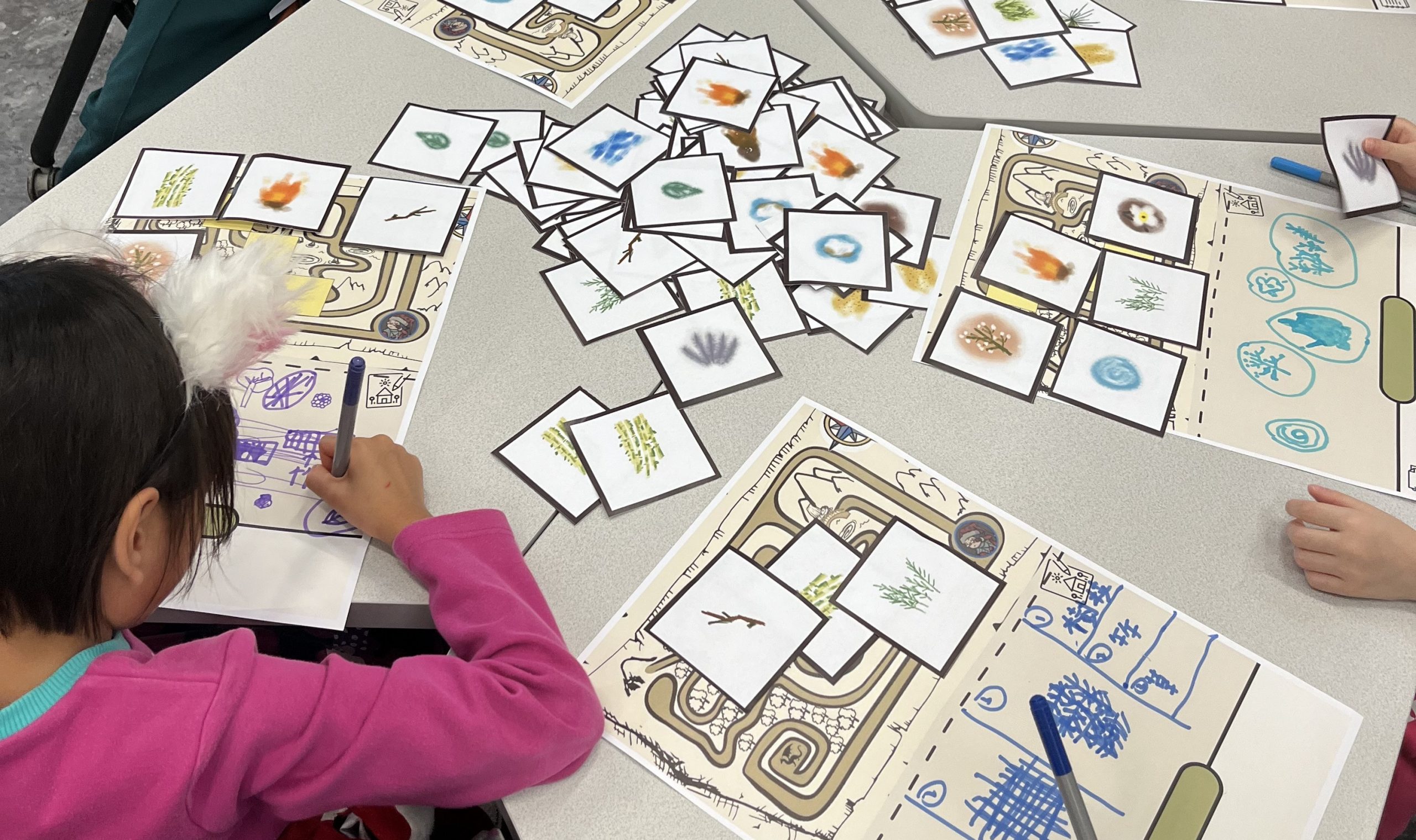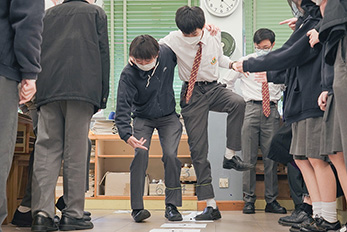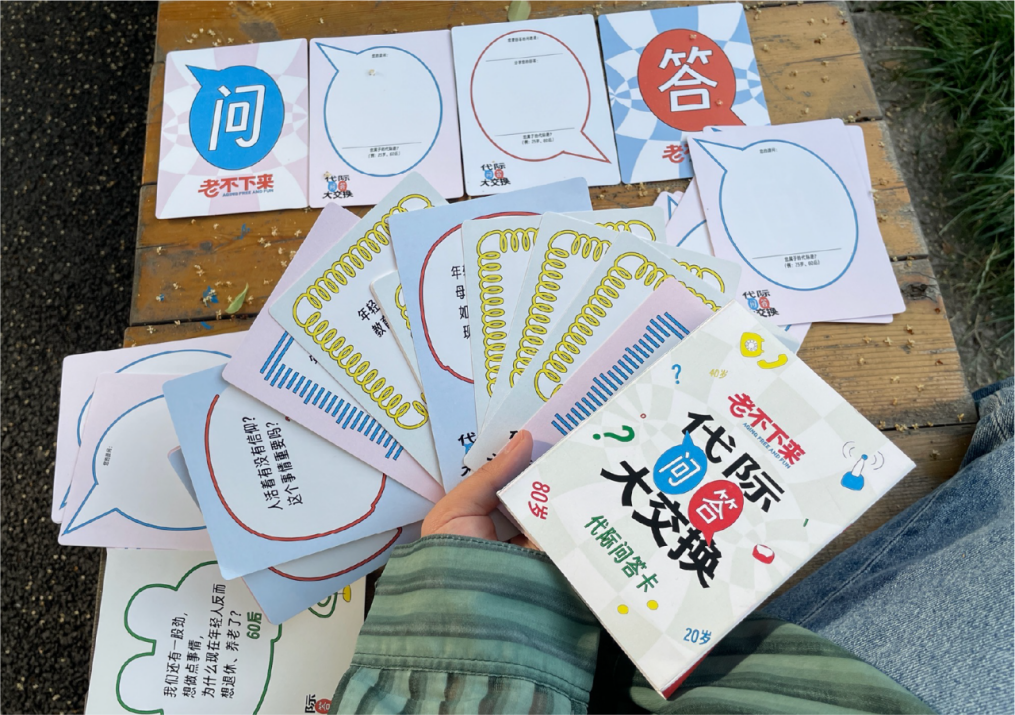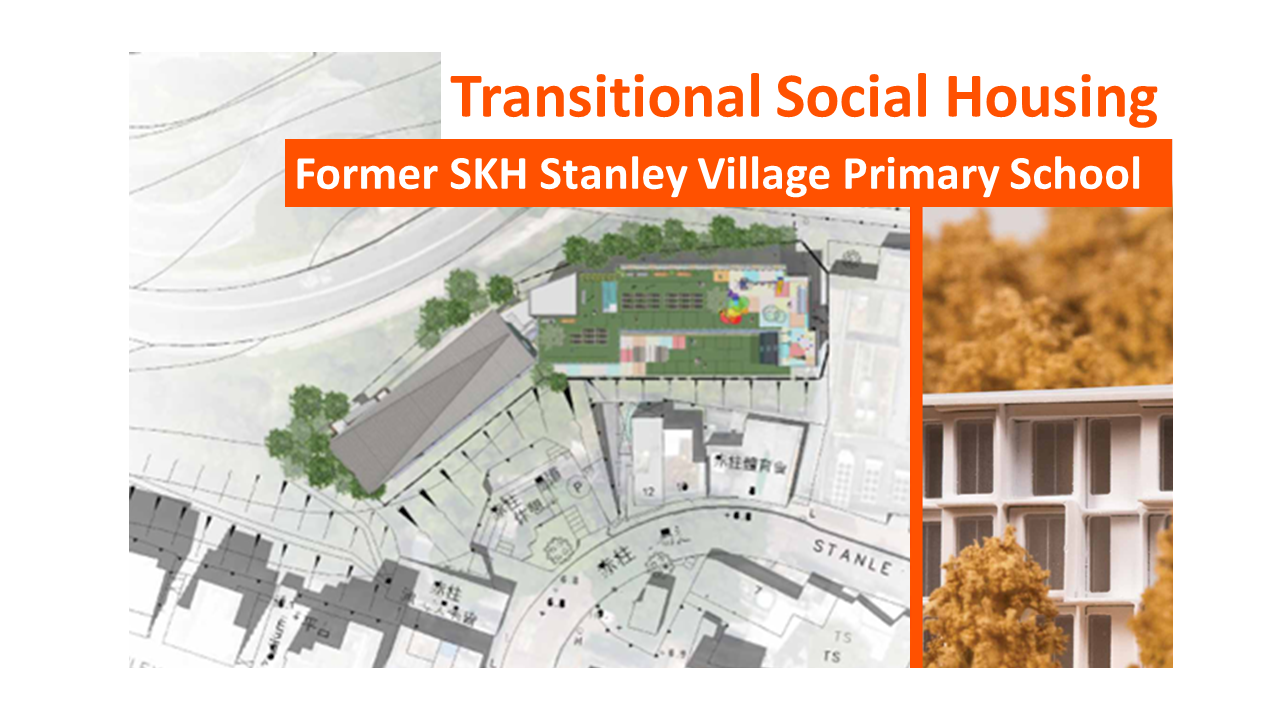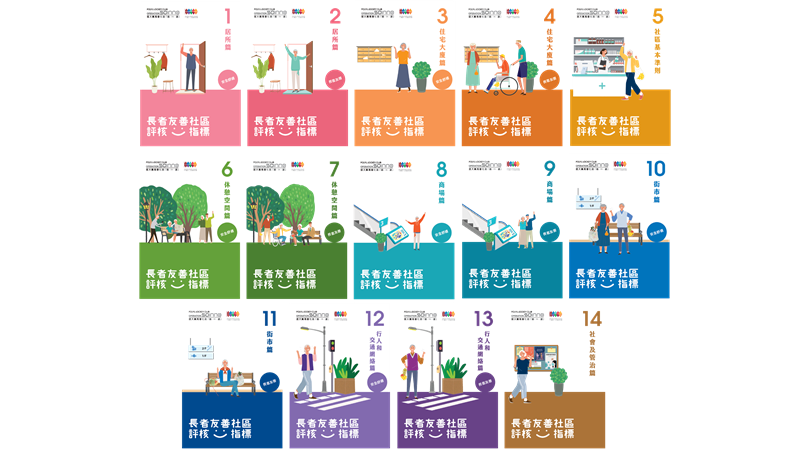Overview
A warm family provides not only a safe and comfortable environment for children, but also a place to support their sound and healthy personal mental development. Currently, the Social Welfare Department (SWD) provides family-like care to children aged 4–18 whose families are having difficulties taking care of them. Added that the renovation and refurbishment of “Small Group Homes” (SGH) have been considered under the Lotteries Fund from the SWD, SGH operators are drawn to take part in environmental improvement projects. How to effectively incorporate children’s voice and facilitate “user engagement” through the design process of interior spaces has become a point of intervention for service innovation.
In 2023, the Jockey Club Design Institute for Social Innovation (J.C.DISI) collaborated with a board game design consultant, Press Start Studios, and a local illustrator and artist, Maoshan Connie, to develop a board game as a gamified communication tool (Note 1). Based on the characteristics of children and adolescents of different development stages, two games with various levels of difficulty were designed to distil the emotional and spatial needs of the SGH residents (Note 2), so as to give them a voice in shaping the environment in which they live. The development team also hoped to nurture the communication skills, creativity, critical thinking, as well as teamwork and other important soft skills through the game, so as to better equip these residents for living independently in the future.
Outcomes
Designed based on the needs of SGH residents, this board game is infused with mythical and adventure elements. Each of the two games in The Myth of Asteria corresponds to the needs of different age cohorts. The player must express their ideas verbally and non-verbally to fulfil the winning criteria. The game kit comes with a curriculum for the operators of “Small Group Homes”. The game engages players of a wide age range and varying abilities, through which house parents / social workers can learn more about the needs of SGH residents, as well as empower SGH residents to express their opinions and aspirations. For SGH residents, this is an opportunity to promote self-exploration, as well as to foster communication and collaboration with others.
While the product was designed for SGH residents, the team envisions it to be widely applied to children and youth communities and help strengthen their communication skills by observing each other’s personalities and by considering how to cooperate and coordinate—all these will help nurture innovative and inventive minds.
Process
Inspiration
The board game was inspired by another action project of the same season, namely the Environmental Improvement Project. During the early design stage, the design team successfully employed a chessboard to collect the views of SGH residents regarding their spatial and emotional needs. Since the age range of SGH residents spans 4–18, and there are usually significant differences amongst different age cohorts in terms of their expression, emotional needs and concentration spans, the communication methods must be tailored.
As a result, the team came up with the idea of designing a board game, which can be used to facilitate communication with children and as an empowering tool.

Ideation
This “2 in 1” board game kit comprises two games, namely “Merlin’s Magical Tiles” and “Crash Landing into Merlin’s Forest”, which were developed for children aged 4–11 and youths aged 12–18, respectively. The games were designed based on six principles: clear narrative structure, adaptable difficulty levels, flexible game options, focus on collaboration and self-expression, fictional roleplaying elements and gameplay variations.
“Merlin’s Magical Tiles”: Designed for children aged 4–11. Children of this age cohort have unique spatial and emotional needs, and they are in a good position for learning self-expression and teamwork. Therefore, the objective of the game is to foster dialogues and exchanges, co-creation and teamwork amongst players. Designers can observe and understand children’s needs in terms of spatial design, and at the same time serve as a channel for the children’s education. The gameplay focuses on an immersive experience and visual narratives.
“Crash Landing into Merlin’s Forest”: Designed for youths aged 12–18. Youths of this development stage pursue excitement and adventure. SGH residents who reach the age of 18 must leave their “home” and embark on independent living. Therefore, communication, creativity, critical thinking, teamwork, and other soft skills are particularly important. The project team incorporated adventurous gameplay elements into “Crash Landing into Merlin’s Forest”, such as “competition” and “magic tokens” to invoke their eagerness to engage with the game.


Implementation
From development to production, the Myth of Asteria underwent four playtests. More than 40 stakeholders took part in its prototype testing. During this process, the team had to capture players’ interest without triggering the adverse childhood experiences of SGH residents.

Originally, the board game was designed with only one gameplay. However, the project team noted from one of the playtests that the concentration span of the adolescent SGH residents was short because the game at that stage was not challenging for them. Therefore, the team set up two different game mechanisms under the same world view and adjusted the level of difficulty such that the gameplay can appeal to children aged 4–11 and youths aged 12–18.
- Simple version: “Merlin’s Magical Tiles”
- Complex version: “Crash Landing into Merlin’s Forest”
The project team identified the pain points through playtests and proposed improvement solutions. The gameplay of “Merlin’s Tiles” relies on an experienced facilitator. The difficulty in “Crash Landing into Merlin’s Forest”, on the other hand, originates from its players, e.g., not able to understand the game logic, and difficulties in planning and expressing ideas about their personal development in the future.
In light of these points, the project team proposed further changes. For example, two warm-up games were added so that players could gradually familiarise themselves with the gameplay and at the same time, break the ice with other players to improve the interaction of the game. Besides, more scenario options were provided to players so as to achieve the goals of empowerment and nurturing agency.
In addition to gameplay, “Do No Harm” was also taken care of. Although the backstory of The Myth of Asteria involved the crash landing of an aeroplane and subsequent survival, the project team worked on the illustration design and character setup to avoid triggering traumatic experiences. Dark and passive messages were avoided so that emotional stimulation and adverse childhood experiences would not be invoked. Furthermore, the team also emphasised a “gender neutral” design to avoid the worsening of gender stereotyping.




